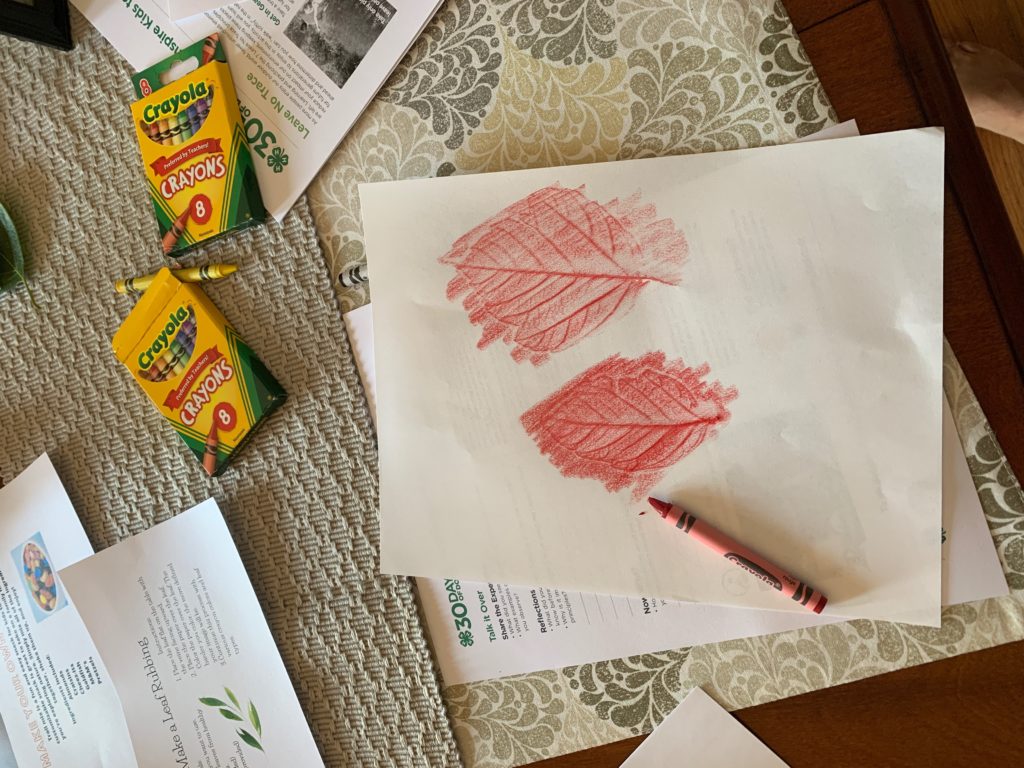Home Insteading With Cooperative Extension (Week 27)
go.ncsu.edu/readext?736355
en Español / em Português
El inglés es el idioma de control de esta página. En la medida en que haya algún conflicto entre la traducción al inglés y la traducción, el inglés prevalece.
Al hacer clic en el enlace de traducción se activa un servicio de traducción gratuito para convertir la página al español. Al igual que con cualquier traducción por Internet, la conversión no es sensible al contexto y puede que no traduzca el texto en su significado original. NC State Extension no garantiza la exactitud del texto traducido. Por favor, tenga en cuenta que algunas aplicaciones y/o servicios pueden no funcionar como se espera cuando se traducen.
Português
Inglês é o idioma de controle desta página. Na medida que haja algum conflito entre o texto original em Inglês e a tradução, o Inglês prevalece.
Ao clicar no link de tradução, um serviço gratuito de tradução será ativado para converter a página para o Português. Como em qualquer tradução pela internet, a conversão não é sensivel ao contexto e pode não ocorrer a tradução para o significado orginal. O serviço de Extensão da Carolina do Norte (NC State Extension) não garante a exatidão do texto traduzido. Por favor, observe que algumas funções ou serviços podem não funcionar como esperado após a tradução.
English
English is the controlling language of this page. To the extent there is any conflict between the English text and the translation, English controls.
Clicking on the translation link activates a free translation service to convert the page to Spanish. As with any Internet translation, the conversion is not context-sensitive and may not translate the text to its original meaning. NC State Extension does not guarantee the accuracy of the translated text. Please note that some applications and/or services may not function as expected when translated.
Collapse ▲4-H at Home
Camaryn Byrum, 4-H Agent
Create a Leaf Rubbing

Just like you and me, every leaf is different; each one containing unique characteristics. In this activity, you will use art to demonstrate that leaves come in all different shapes, sizes, and textures.
Supplies
- Leaves of various shapes, sizes, and textures
- Crayons
- White paper
Instructions
- Collect leaves of various shapes, sizes, and textures.
- Place one leaf flat on a table with the veins facing upwards.
- Place a sheet of paper on top of the leaf.
- Color the paper over the leaf.
- Continue this process with the remaining leaves. You can also switch up your crayon colors to create a beautiful nature-inspired picture.
Family and Consumer Sciences at Home
Mary Morris, Family and Consumer Sciences Agent
What Do I Do With This Block of Cheese?

If you have received or know someone who has picked up a food box lately you may have found a big block of processed cheese and thought what do I do with this?
Available in many flavors and textures, processed cheese is what is widely used in cooking due to its resistance to separation when cooked. Being both smooth and medium-firm in texture, processed cheese, melts easily when baked, or grilled. People love to make macaroni and cheese and grilled cheese sandwiches with this type of cheese. Add a slice of tomato to your grilled cheese to take it up a notch.
The major differences between processed and natural cheese are that natural cheeses have the whey (watery part of the milk) pressed out of them, while processed cheese does not; and processed cheese has a longer shelf life as compared to natural cheese.
Processed cheese does go against the teachings of healthy eating. However, you can incorporate this cheese into a healthy diet in moderation. You do have to watch out for the sodium levels in this type of cheese because per serving it has 390 mg per 1oz serving. Daily sodium intake should be less than 1500mg. When using this type of cheese don’t add extra salt to your dishes. Try this recipe that your family and kids will love. Add in extra vegetables if you desire and experiment with flavors. I suggest adding chopped cilantro, black beans, and corn with sour cream and sliced avocado on the side.
Check out this website for a Cowboy Quesadilla recipe.
Horticulture at Home
Katy Shook, Area Horticulture Agent
Growing Herbs for the Home Gardener
Listen up brown thumbed gardeners! Don’t give up on garden dreams just because your vegetables have flipped and your flowers have flopped. Consider trying your thumb at herbs! Fall is still a great time to plant a round of easy to grow, cool-season annual herbs like parsley and cilantro. Even perennial herbs like mint, oregano, rosemary and thyme can be incorporated now to add a bit of spice to the fall garden.
Most herbs prefer good drainage. Raised beds and containers are an option for poor or wet sites. Try incorporating herbs into your landscape; rosemary makes a great evergreen shrub and thyme can act as a groundcover. Provide herbs at least 6 hours of direct sun each day. Some herbs, like cilantro, dill and mint, can tolerate light to part shade. Do not fertilize herbs; most thrive without additional care. Herbs have few pests associated with them. Any problems can usually be cut out or treated with a strong blast of water.
To encourage oil concentrations for cooking, harvest herbs before they flower and avoid heavy fertilization. A quick method of preserving harvested herbs is freezing. Rinse harvested herbs in cold water, shake excess moisture and chop leaves coarsely. Next, place pinches of the chopped herbs into water-filled ice cube trays. Freeze cubes and then transfer to airtight containers or bags until ready to use.
For more information on growing herbs, contact the Ask A Master Gardener℠ Volunteer Helpline at (252) 482-6585.




